Items to pay attention to when purchasing LCD displays
- author:
- 2024-05-25 13:57:51
The main difference in appearance between LED LCD TVs and ordinary LCD TVs is that the former is thinner, but apart from that, there are almost no other differences between the two. The easiest way to judge an LED LCD TV is to check the product model. Generally speaking, an LED-backlit LCD TV is marked with LE or LED logo in front of the product model.
Consumers need to avoid some conceptual misunderstandings when purchasing LED LCD TVs.

The thin and light shape of LED-backlit LCD TVs is one of the important factors that attract consumers.
LED 背光液晶电视的轻薄外形是其吸引消费者的重要因素之一。However, Xue Hong, director of the black electricity purchasing department of Jinhua Store of Suning Household Appliances Co., Ltd., reminded that the most important component of LED-backlit LCD TVs is still the panel. We cannot just pursue thinness and ignore the choice of high-quality panels. The panel is mainly divided into VA soft screen and IPS hard screen. In contrast, IPS hard screen further improves the stability of the LCD screen, with advantages such as stable picture, fast response time, high dynamic image quality, wide viewing angle, and small color distortion.
Don't pay too much attention to the backlight mode
According to Zhi Junguo, business manager of Jinhua Office of Hangzhou Sales Branch of Qingdao Hisense Electric Co., Ltd., the backlights of LED LCD TVs are mainly divided into two types: side-in type and direct-down type. The side-entry type installs LEDs around each panel, allowing the light source to shine out from the side, and the generated light diffuses between the reflective plate and the light guide plate behind the panel, and then transmits it to the picture. Direct LED backlights are mostly targeted at high-end products. Because of the large number of LEDs emitting light and high cost, their size and energy consumption are limited.
In real-life applications, these two technologies each have advantages. Zhi Junguo reminded that consumers do not have to pay too much attention to the backlight mode, just need to meet their own needs based on their purchasing power.
Look carefully at other parameters
Every TV set lists many parameters and indicators when it is sold. Xue Hong suggests that consumers can refer to the following indicators when purchasing.
Frequency: This is the same as ordinary LCD TVs. The higher the value, the less obvious the picture jitter will be. Generally 50 - 60HZ, and the high can reach 100HZ or even 240HZ.
Response time: This mainly depends on whether the tailing phenomenon is obvious when changing channels. The fast one can reach about 4 milliseconds, and the general one is 6 milliseconds or 8 milliseconds. The performance effect is also good. This is related to the chips used in TVs.
Contrast ratio: Strictly speaking, contrast ratio is the ratio of brightness between the brightest (white) and the darkest (black) point on the screen. The higher the contrast ratio, the more gray levels and richer colors the product can present. The contrast ratio of general LCD TVs ranges from 600:1 to 1500:1.
Now some manufacturers promote their contrast ratios to reach 5000:1 or even 10000:1. Xue Hong said that these are actually just a word game played by merchants. These data are a dynamic contrast. The so-called dynamic contrast refers to the contrast value measured by the LCD TV under certain specific circumstances. For example, each area of the screen is tested one by one, and the contrast value of the area with the largest contrast is used as the contrast parameter of the product. Therefore, consumers should not be misled by the merchants 'propaganda when purchasing.
From a functional point of view, the joint venture brand's LED LCD TV functions are relatively simple, while domestic brands have many additional functions, such as online neighbors, media playback, etc. Xue Hong suggested that consumers should experience and compare on the spot and choose whether they need these additional functions based on their actual situation.
Consumers need to avoid some conceptual misunderstandings when purchasing LED LCD TVs.

The thin and light shape of LED-backlit LCD TVs is one of the important factors that attract consumers.
LED 背光液晶电视的轻薄外形是其吸引消费者的重要因素之一。However, Xue Hong, director of the black electricity purchasing department of Jinhua Store of Suning Household Appliances Co., Ltd., reminded that the most important component of LED-backlit LCD TVs is still the panel. We cannot just pursue thinness and ignore the choice of high-quality panels. The panel is mainly divided into VA soft screen and IPS hard screen. In contrast, IPS hard screen further improves the stability of the LCD screen, with advantages such as stable picture, fast response time, high dynamic image quality, wide viewing angle, and small color distortion.
Don't pay too much attention to the backlight mode
According to Zhi Junguo, business manager of Jinhua Office of Hangzhou Sales Branch of Qingdao Hisense Electric Co., Ltd., the backlights of LED LCD TVs are mainly divided into two types: side-in type and direct-down type. The side-entry type installs LEDs around each panel, allowing the light source to shine out from the side, and the generated light diffuses between the reflective plate and the light guide plate behind the panel, and then transmits it to the picture. Direct LED backlights are mostly targeted at high-end products. Because of the large number of LEDs emitting light and high cost, their size and energy consumption are limited.
In real-life applications, these two technologies each have advantages. Zhi Junguo reminded that consumers do not have to pay too much attention to the backlight mode, just need to meet their own needs based on their purchasing power.
Look carefully at other parameters
Every TV set lists many parameters and indicators when it is sold. Xue Hong suggests that consumers can refer to the following indicators when purchasing.
Frequency: This is the same as ordinary LCD TVs. The higher the value, the less obvious the picture jitter will be. Generally 50 - 60HZ, and the high can reach 100HZ or even 240HZ.
Response time: This mainly depends on whether the tailing phenomenon is obvious when changing channels. The fast one can reach about 4 milliseconds, and the general one is 6 milliseconds or 8 milliseconds. The performance effect is also good. This is related to the chips used in TVs.
Contrast ratio: Strictly speaking, contrast ratio is the ratio of brightness between the brightest (white) and the darkest (black) point on the screen. The higher the contrast ratio, the more gray levels and richer colors the product can present. The contrast ratio of general LCD TVs ranges from 600:1 to 1500:1.
Now some manufacturers promote their contrast ratios to reach 5000:1 or even 10000:1. Xue Hong said that these are actually just a word game played by merchants. These data are a dynamic contrast. The so-called dynamic contrast refers to the contrast value measured by the LCD TV under certain specific circumstances. For example, each area of the screen is tested one by one, and the contrast value of the area with the largest contrast is used as the contrast parameter of the product. Therefore, consumers should not be misled by the merchants 'propaganda when purchasing.
From a functional point of view, the joint venture brand's LED LCD TV functions are relatively simple, while domestic brands have many additional functions, such as online neighbors, media playback, etc. Xue Hong suggested that consumers should experience and compare on the spot and choose whether they need these additional functions based on their actual situation.
TAG:
Guess you want to see it
Popular information
-
As a qualified project manager with LCD splicing screens, what issues should I pay attention to when
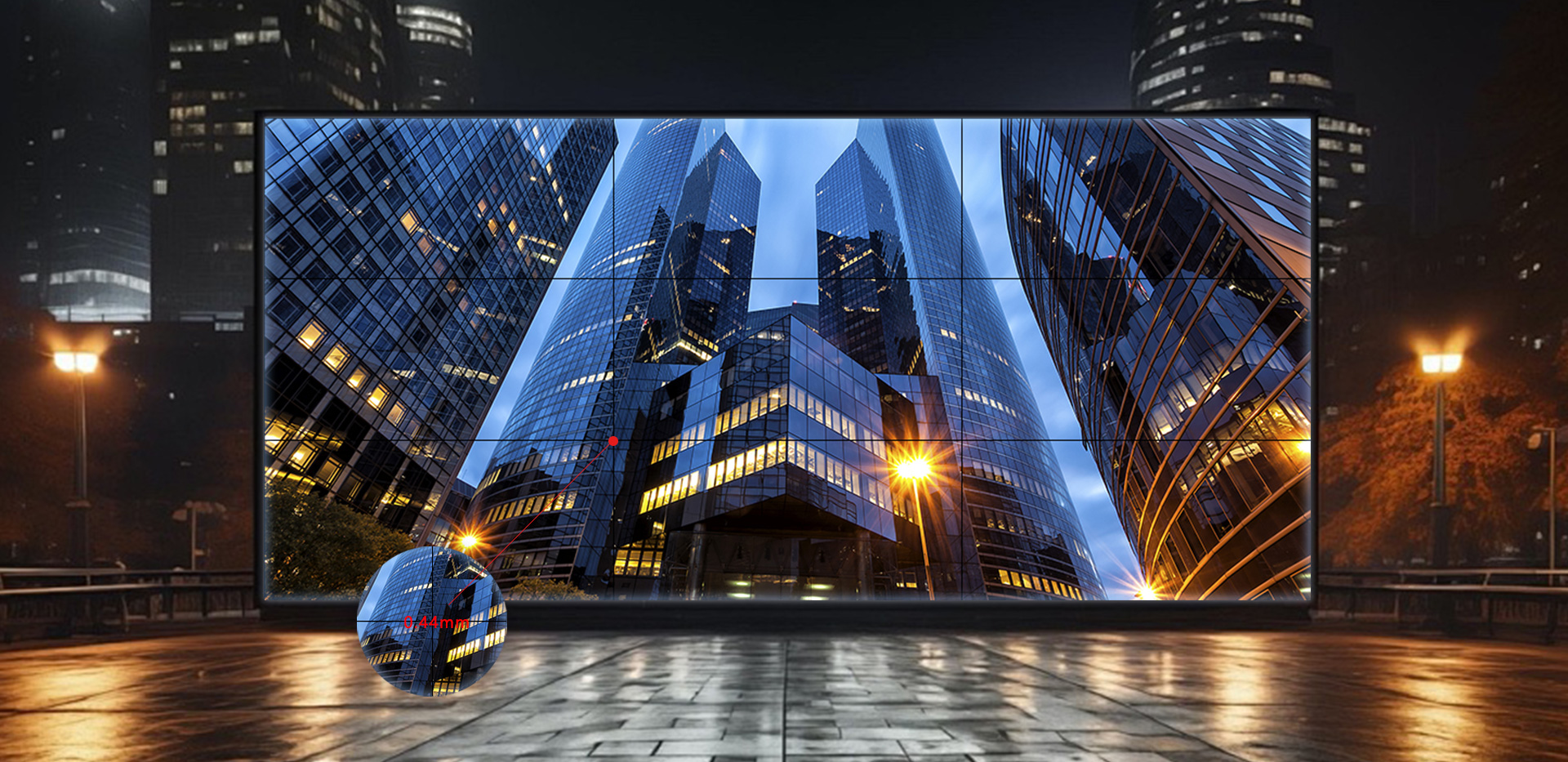
-
Items to pay attention to when purchasing LCD displays

-
LCD versus LED display-which is better?
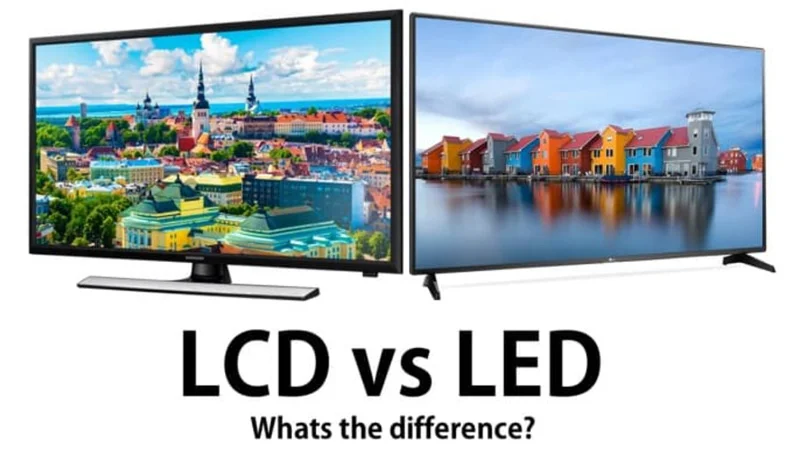
-
Huike develops green TED high-penetration technology
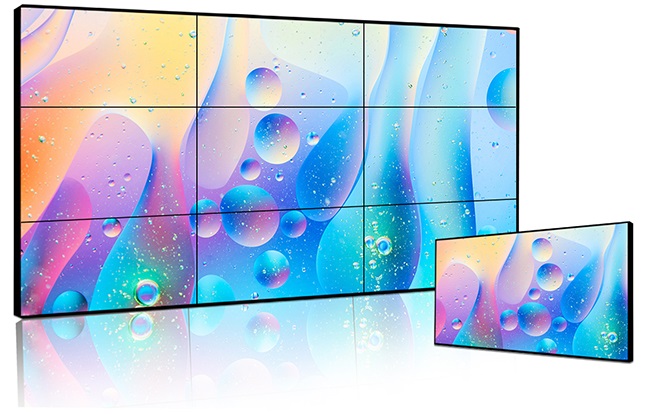
-
Comprehensive analysis of DID LCD splicing screen technology
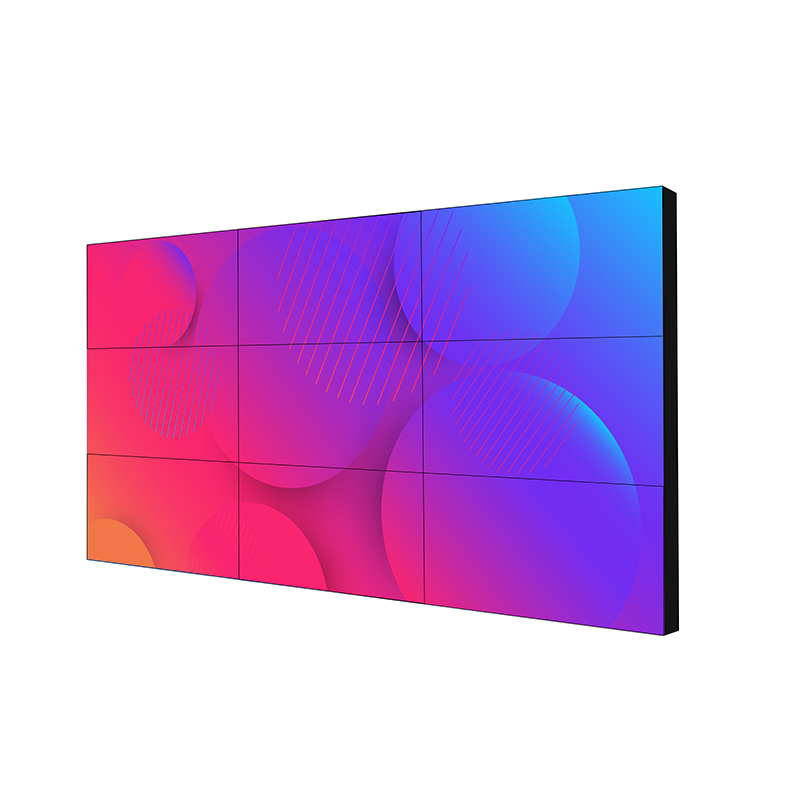
-
Liquid crystal displays and LED displays: Past, Present and Technical Analysis
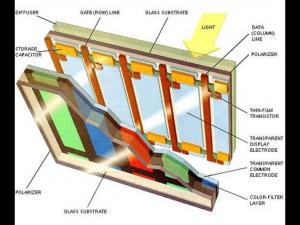
-
An article clearly sees the differences between PDP plasma, LCD, and LED displays?

the charts
- San 'an Optoelectronics: Domestic products are becoming more and more involved, taking advantage of
- Items to pay attention to when purchasing LCD displays
- Comprehensive analysis of DID LCD splicing screen technology
- As a qualified project manager with LCD splicing screens, what issues should I pay attention to when
- An article clearly sees the differences between PDP plasma, LCD, and LED displays?
- Huike develops green TED high-penetration technology
- Liquid crystal displays and LED displays: Past, Present and Technical Analysis
- LCD versus LED display-which is better?
